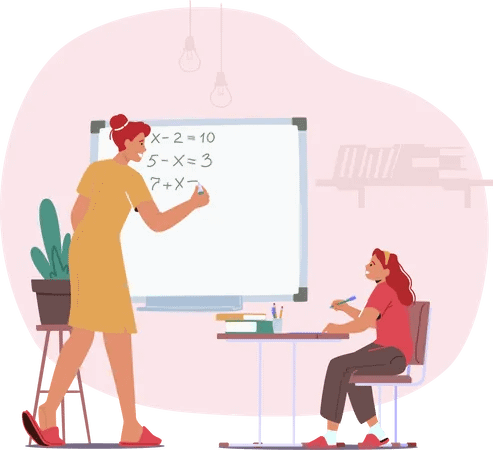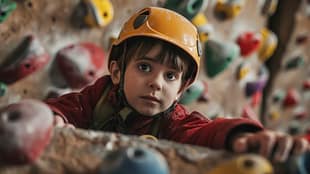
Remedial Education
Special education is tailored to meet the needs of individuals with learning disabilities, helping them progress in school.
Characteristics of Remedial Education:
- Research-based and proven teaching methods should be used.
- The teacher-student ratio should be 1:1.
- Instruction should be delivered step-by-step, without skipping content.
- Learning should be at the student’s pace.
- Regular reviews and practice exercises should be included to reinforce learning and apply new knowledge.
- There should be an assessment of what the student has learned to determine readiness for the next level.
- The lesson should be taught differently than how it was taught the first time.
- Remedial instruction should take place twice a week for best results.
- Focus should be on the holistic development of the child.
Specific Learning Disabilities and Teaching Strategies

Dyslexia
- Choose a quiet place for reading and comprehension activities.
- Use recorded books.
- Select books with large print and wide spaces between lines.
- Provide a copy of the lesson taught.
- Overlook spelling errors in subjects like history or science.
- Allow the use of a laptop for essays.
- Use multi-sensory teaching methods.
- Teach students to use logic rather than rote memorization.
- Break subjects into smaller units.
Dyscalculia
- Allow the use of fingers or extra paper for solving problems.
- Use visual aids to explain math concepts.
- Provide peer support.
- Suggest using graph paper to organize math problems.
- Allow colored pencils to differentiate parts of problems.
- Draw pictures for word problems.
- Teach memory techniques to recall math steps.
- Use rhythm and music to teach math facts and reinforce steps.
- Encourage the use of computers for homework and practice.


Dysgraphia
- Suggest the use of a word processor.
- Avoid punishing slow or careless work.
- Use oral exams.
- Allow the use of a tape recorder for lectures.
- Provide note-takers.
- Give pre-printed math problems.
- Allow wide-rule paper or graph paper for writing.
- Suggest using pencil grips or special writing aids.
- Provide alternatives to written assignments, such as video or audio reports.
Nonverbal Learning Disabilities
- Minimize transitions and provide verbal cues before transitions.
- Verbally explain similarities, differences, and connections in lessons.
- Present instructions in a sequence and number steps.
- Simplify abstract concepts and explain metaphors or multiple meanings.
- Answer the student’s questions but set limits on excessive questioning.
- Allow breaks when signs of fatigue appear.
- Prepare the student for changes in routine, no matter how small.
- Implement creative or modified teaching methods.
- Never assume the child understands something without confirmation.
- Provide clear explanations when the child loses focus or appears confused.











































